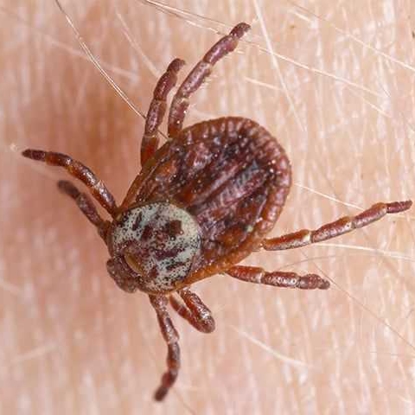
Ticks

About
Ticks are unwanted pests that travel from place to place on the backs of their animal hosts and can end up in any of our Connecticut yards. Ticks are blood-feeding arachnids that use their specialized mouthparts to feed on the blood of many different animals and people. When ticks are in your backyard, the probability of you, your kids, or your pets one day coming into contact with them is quite high. Staying away from ticks is important because they are a serious player in spreading many diseases, including Lyme disease, ehrlichiosis, Rocky Mountain spotted fever, and tularemia.
Connecticut is home to many species of ticks, including deer ticks, dog ticks, Asian longhorn ticks, and lone star ticks. Ticks do not fly or jump, so they have to wait for a host to come to them. These arachnids are most prevalent in wooded areas or dense vegetation offering them lots of grass, weeds, and other plants to climb. They climb to the tops of vegetation and wait for a host to bush past them that they can crawl onto and feed on until they become engorge and drop off. Their feeding process can take several days to complete.
If your yard has a lot of shade, vegetation, and animal activity, you will likely experience tick problems. Since ticks are regularly introduced onto our property by wild animals and pets, routine pest control services are the best way to continuously control their numbers and protect your family from their bites.
To help make your property less attractive to ticks and the animals introducing them, we want to provide you with a list of our most effective prevention tips.
- Reduce leaf piles and other yard debris from your property that could attract rodents and other tick-covered pests to your yard.
- Keep lids on trash cans and compost bins to avoid attracting wild animals to your property.
- Remove bird feeders from your yard.
- Keep your grass cut short.
- Maintain landscaping and keep it from overgrowing.
- Cut back wooded areas from the perimeter of your yard.
- Contact us for effective tick control and prevention services.